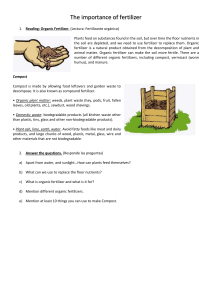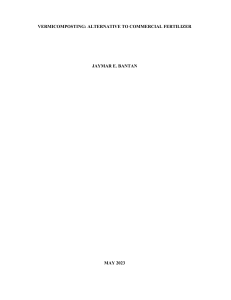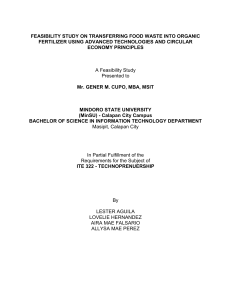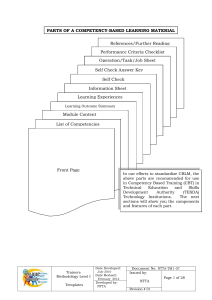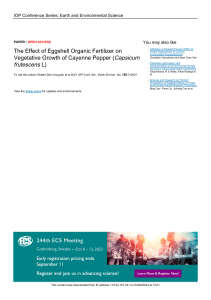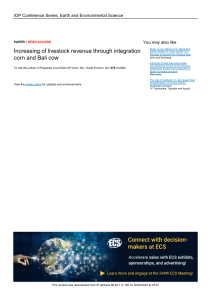Animal Waste to Organic Fertilizer: Sustainable Agriculture
advertisement
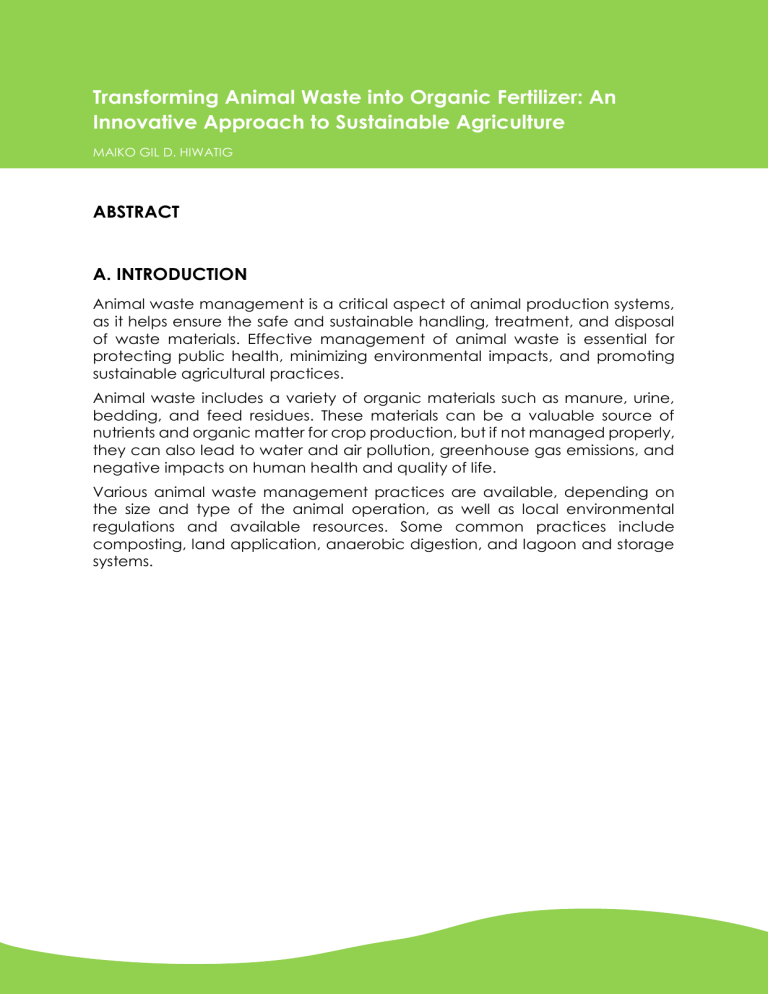
Transforming Animal Waste into Organic Fertilizer: An Innovative Approach to Sustainable Agriculture MAIKO GIL D. HIWATIG ABSTRACT A. INTRODUCTION Animal waste management is a critical aspect of animal production systems, as it helps ensure the safe and sustainable handling, treatment, and disposal of waste materials. Effective management of animal waste is essential for protecting public health, minimizing environmental impacts, and promoting sustainable agricultural practices. Animal waste includes a variety of organic materials such as manure, urine, bedding, and feed residues. These materials can be a valuable source of nutrients and organic matter for crop production, but if not managed properly, they can also lead to water and air pollution, greenhouse gas emissions, and negative impacts on human health and quality of life. Various animal waste management practices are available, depending on the size and type of the animal operation, as well as local environmental regulations and available resources. Some common practices include composting, land application, anaerobic digestion, and lagoon and storage systems. B. DEVELOPMENT AND IMPLEMENTATION OF THE BEST PRACTICES 1. MAKING PROJECT OPERATIONAL 2. FUNDING SOURCE 3. PROMOTION AND ADVOCACY 4. SUSTAINABILITY OF GREEN INSTITUTIONAL CULTURE 5. EVALUATION PROCEDURE C.RESULTS AND DISCUSSION D. ISSUES, CHALLENGES, AND RECOMMENDATION 1. ISSUES AND CHALLENGES 2. RECOMMENDATION E. REFERENCES PLANTS FEED TO ANIMALS AND HUMANS ANIMAL WASTE AND DRY LEAVES WASTE COLLECTION (Leaves are used for Animal Beddings) PLANT CONSUMES ORGANIC FERTILIZER WASTE PROCESSING (Collected leaves are mixed with Animal Manure and Substrate) INCORPORATE TO SOIL THRU LAND PREPARATION TURNS TO ORGANIC FERTILIZER (After 6 weeks it turns into compost) Figure 1. Pant and Animal Waste Management Cycle of RTC-CALABARZON

